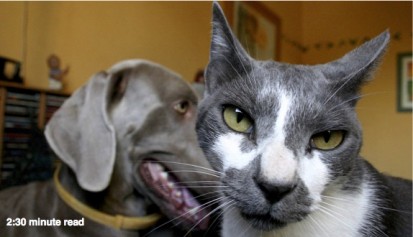
Back in 1991, when I was freelancing, casting central newsman Bob Flaherty, then of Equities magazine and now head of his own financial news service, told me to get on a train to New York, visit the offices of something called Instinet and write a story about it.
Instinet, owned by Reuters at the time, was shaking up the trading business with its recently introduced “crossing” system which allowed institutional investors to trade directly with each other, effectively bypassing the exchanges and stock markets.
The trading pros I interviewed were in a state of alarm over this. “You can’t rely on the exchanges for price information, then trade away from them and expect those prices to maintain their integrity.” Also: “By taking all the easy crosses out of the market, market makers will get only the difficult trades, and this will widen spreads.”
Alternative trading systems like Instinet continued to proliferate, and as far as I can tell, none of the dire warnings I was offered came to pass. The stock exchange business is a growth industry, and spreads have narrowed so much that brokerage firms now regularly expire for lack of trading profits. Maybe that’s what my sources were really afraid of.
When, like everyone else I try to divine the future of traditional media, I often think about it in the context of alternative trading systems. That is, when the “citizen journalists” of social media rely on traditional media for facts and storylines to attract and retain audiences who never look at, much less pay for, the reporting done by the original source, how long can these sources last?
What I believe saved the stock markets was that “third market systems” like Instinet increased overall trading volume. And though it was ugly — with the venerable NYSE being relegated to subsidiary status at Intercontinental Exchange, Inc. along the way — the trading business has survived and prospered. This same dynamic, greater overall consumption coupled with innovation, will likely be the savior of traditional media. While it’s been an ugly transformation so far, the worst is yet to come. Cats and dogs are mating and before it’s all over the New York Times may be a unit of the Huffington Post.



